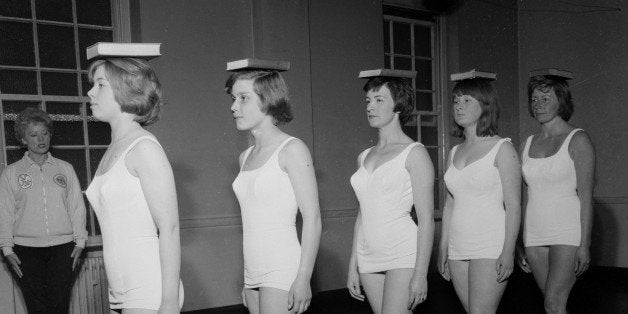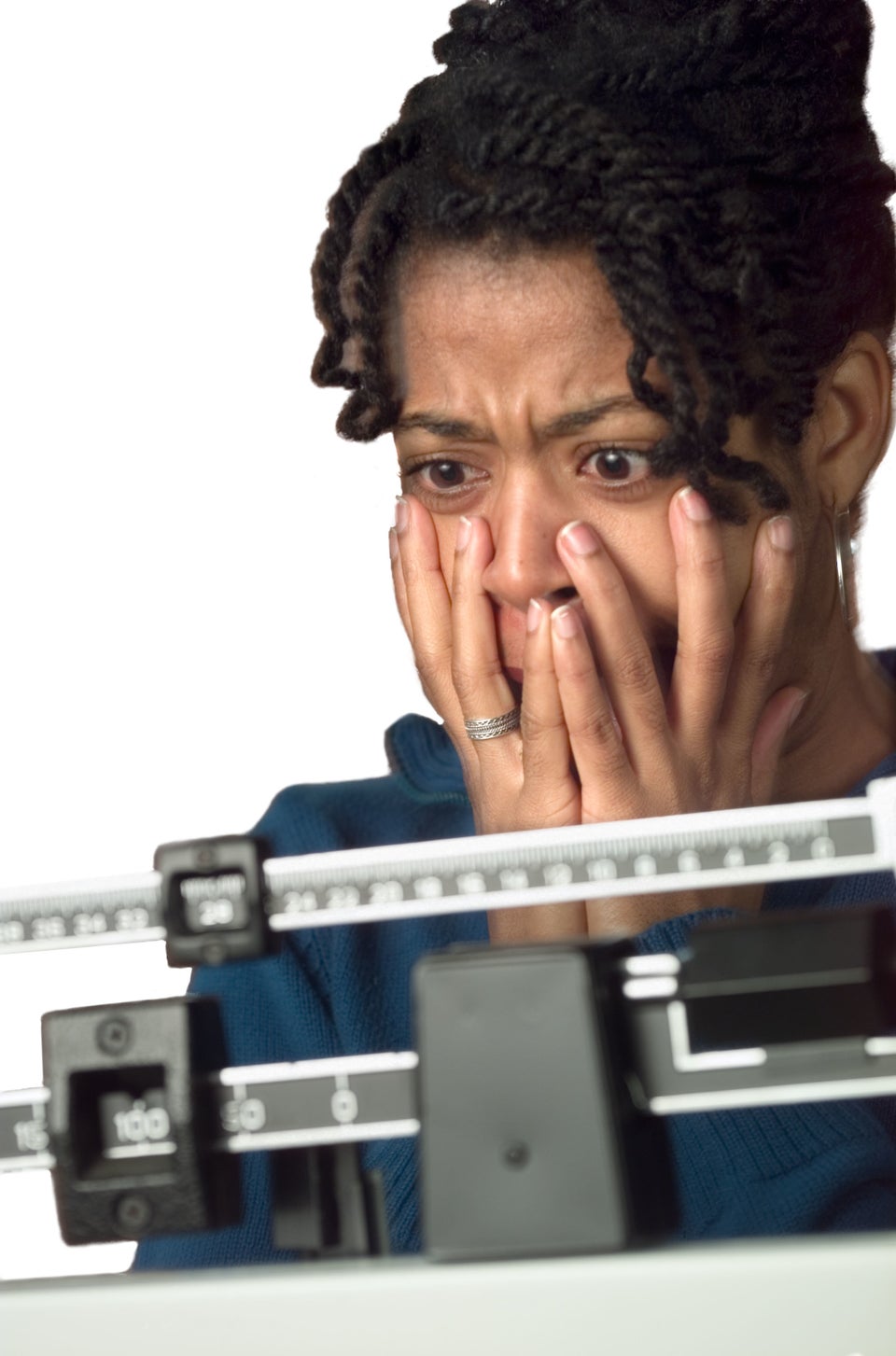
SPECIAL FROM Grandparents.com
If you’d rather not be someone who is hunched over, walks slow, and has chronic joint pain, then stand up straight! More specifically, start working on your posture, which, it turns out, is as important as your mother said it was.
Keeping your body in proper alignment, improving your balance, and maintaining that alignment as you move are all part of what we call "good posture." When those things are out of whack, says Steven P. Weiniger, D.C., author of Stand Taller, Live Longer: An Anti-Aging Strategy, the health risks are great.
“When your head is pulled forward, your torso is rolling forward and your chest caves in,” he says. “You can’t take a deep breath. Studies have shown that people with weak posture are more likely to have incidents of cardiovascular and pulmonary issues.” In a study of women in particular, he says, women whose heads were pushed forward (instead of lined up over their torsos) were 1.4 times more likely to die than those whose posture was aligned correctly. This is probably because the heart is pumping harder to get blood out of a collapsed chest, Weiniger says.
Weak posture (Weiniger prefers that term over "bad" posture) can cause breathing problems, joint pain, difficulty walking, and may contribute to falls experienced by the elderly. If your posture is misaligned, your joints may become misaligned, and you’ll feel pain in them with every step. Plus, people with posture problems look older than their upright counterparts. If you spot a former ballet dancer, for example, even in her 80s, she seems to glide as she walks compared with some of her plodding counterparts.
How To Improve Your PostureIt turns out we are not born with poor posture. Rather, we train ourselves to have it. Sitting hunched over a desk or slumping in our easy chairs does not do a body good. However, you can improve your posture in as little as a couple of weeks, according to Weiniger, by retraining yourself to proper posture. Once you’ve achieved better balance and alignment, continue to practice these exercises to maintain your new and improved posture (once you get muscles, you don’t stop going to the gym, he points out.)
Before you begin:Have someone take a picture of you from three angles: in front, behind, and from the side. Your head and neck should be centered over your torso. Your forehead should not enter the room before your chest, Weiniger says. Nor should your backside stick way out behind you. Notice if one hand hangs lower than the other or if one hip is higher than another. As much as possible, try to correct these imbalances before you begin. (For help with this, try Posturezone, a free app for IPads and IPhones, which will assess your posture from pictures you provide.)
If you note these postural problems, adjust your stance so your body is more in line—head over neck over torso over pelvis over legs. Then you are ready to begin the exercises, but as always, before beginning an exercise program, check with your doctor:
Balance: Stand near a wall or better yet, in a doorway. Adjust your posture. Then raise one leg, bending at the knee so that your thigh is parallel to the floor. Hold that position for 20 seconds. Repeat on the other side. Do NOT flail your arms or twist and splay your body in an effort to stay balanced. If you feel that you cannot hold the pose, then reach out to the wall or doorway to steady yourself. Over time you’ll be able to hold the pose without gripping the wall.
This exercise trains your muscles to help you balance better, and balance involves achieving a symmetry of muscle control, Weiniger says. The goal of balancing on one leg then the other is to awaken those muscles and guide them toward symmetry.
Alignment: Put your heels against the wall, and then step out about the length of your foot away from the wall. Now lean back until your buttocks and back touch the wall. Push your head back, keeping it level until it touches the wall. Most people, Weiniger notes, will have to tilt their chin up in order to get the backs of their heads against the wall. That is not the kind of posture you want. If you cannot get your head back without tilting it, push it back as far as it will go while staying level. Hold it there for 20 seconds. In time, you should improve your alignment enough so your head will reach the wall.
Strong posture—head over torso over pelvis—is actually controlled by small muscles in your core. This exercise challenges those small muscles to guide your posture to better alignment. When you slowly lean back to the wall, you are training your muscles to remember that posture alignment and pull it into place when you are doing other activities, according to Weiniger.
Alignment in Movement: Using a balance ball (those large inflatable balls often found in gyms), sit down with your knees at a 90-degree angle. (Weiniger says most people will be comfortable with a 75-centimeter ball—but be sure it is an “anti-bust” ball.
Sitting in your best strong posture, and keeping your knees, torso, and head still, use your pelvis to move the ball in circles. First try three circles toward the left and then three circles to the right. “Most people want to do these circles fast, but don’t. You want to move slowly and smoothly, letting your breath drive the motion of the exercise,” Weiniger says, so that you can fire the neglected muscle fibers in your core to assist with strong posture.
“People are usually surprised at the difference between going to the left versus going to the right,” Weiniger says. “They think they are moving with symmetry, but when they slow it down and focus they can see the lack of smoothness of motion…and the difference from left to right. You can see the imbalance in your body. The goal again is finding and training unused muscle fibers, and controlling them.
Also From Grandparents.com
